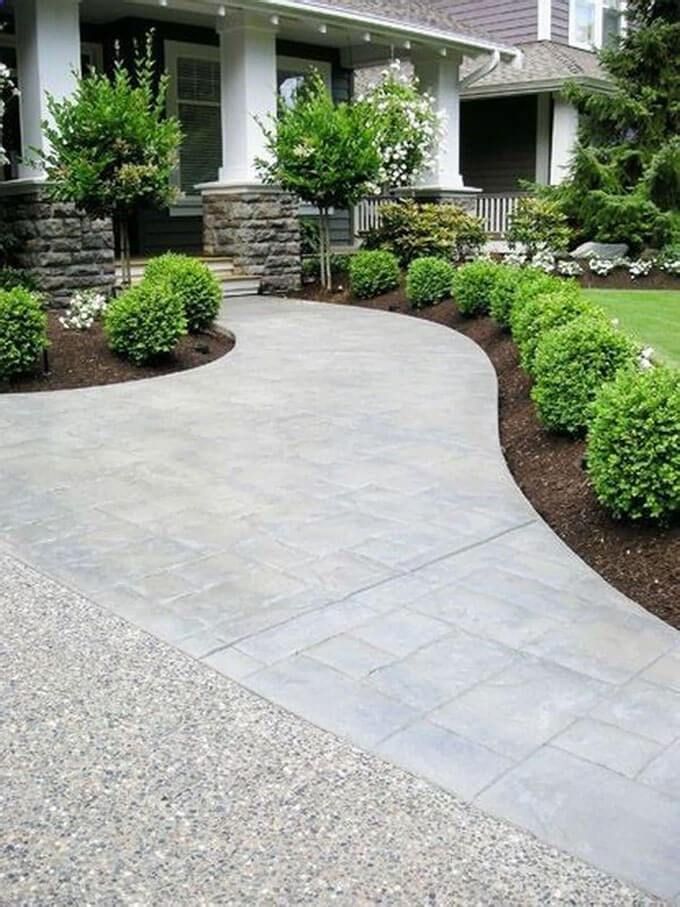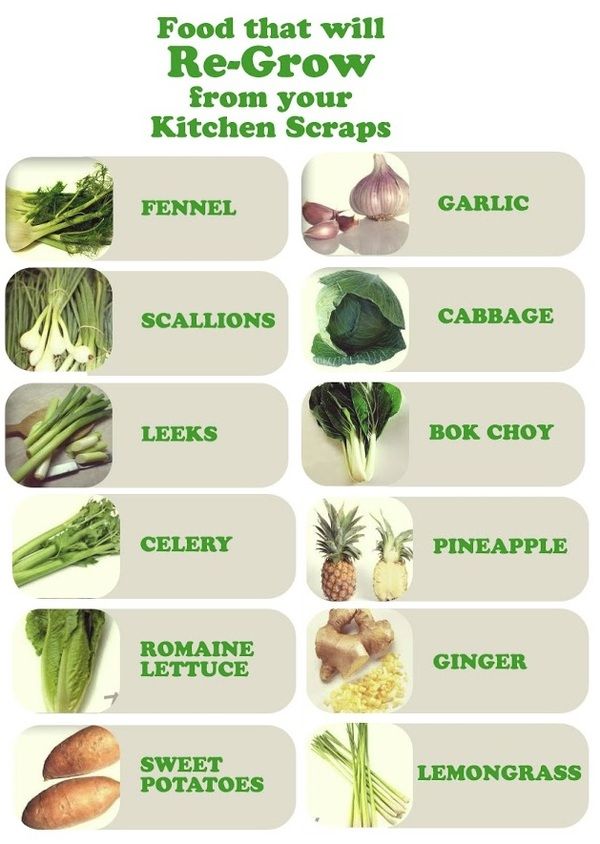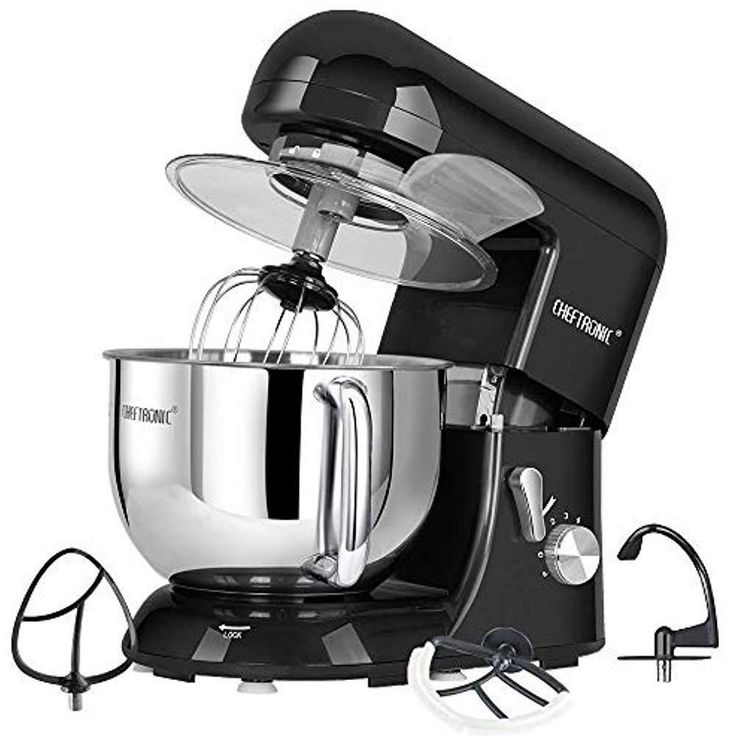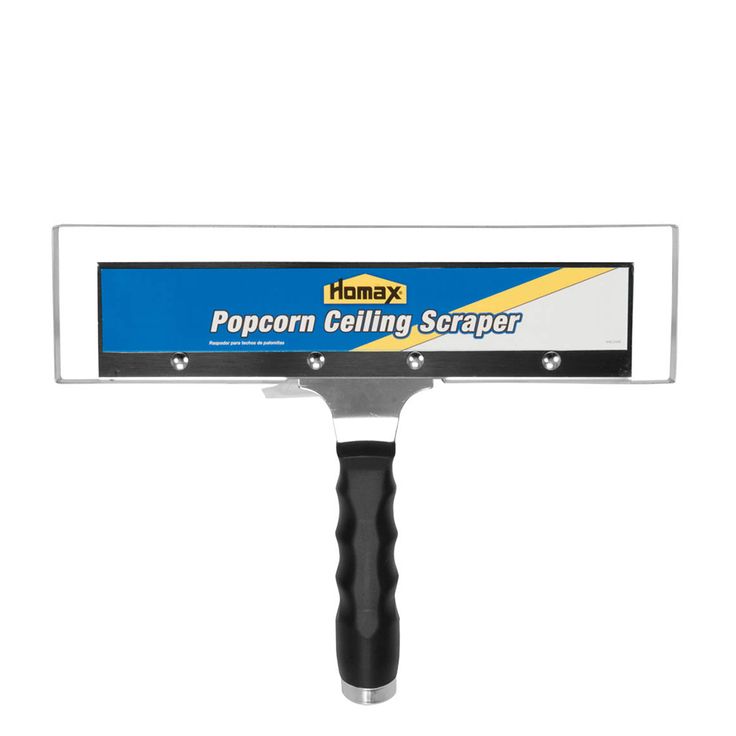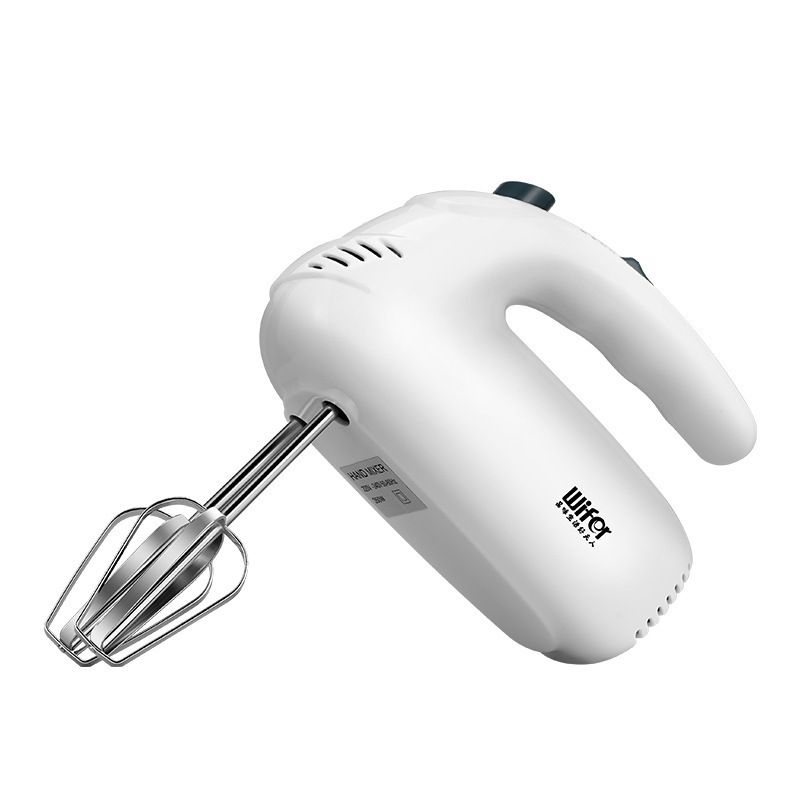Front garden boundary ideas
Front yard fence ideas: 11 beautiful boundaries
(Image credit: Thomas H. Mitchell/500px/Getty Images)
There are lots of reasons why you should consider front yard fence ideas for your plot – from the aesthetic value they offer to the practical factors.
Any garden fence is beneficial for defining the perimeter of a space – whether that's the border between you and the next-door plot or your own patio from your lawn. And when it comes to front yard fences, they set the boundary between your home and the outside world.
'One of the most obvious benefits is increased security, as a good-quality front yard fence can be an extra parameter to keeping unwanted visitors out and pets and children in,' says Screen With Envy 's Founder and Lead Designer, Sophie Birket. 'This is especially important if you live on a busy street.
'By zoning your front yard, you can also add more privacy to your space by obstructing the view of nosy neighbors while also minimizing noise pollution,' she adds. But that's not all front yard fences are good for. With all manner of designs to choose from, they can give your plot instant curb appeal, welcome guests in style, and set the right tone for your home.
Fabulous front yard fence ideas to surround your outdoor space
From traditional picket fences to ornate designs, these looks are sure to pep up your front yard landscaping, whatever style you're going for.
1. Combine metal with brickwork
This fence has an elegant look
(Image credit: Elena_Alex_Ferns/Alamy Stock Photo)
Combining materials for a fence is a great way to add visual balance. Here, sturdy, red brick pillars give regimented structure and contrast pleasingly with delicate metalwork in a bright white.
The curves add sculptural appeal and help to draw the eye. Spikes along the top will help to deter resting birds as well as any intruders, and look decorative, too.
As it allows plenty of light and views in, this isn't a design for privacy, but it's a great way to give your plot a boost in style points while defining the perimeter.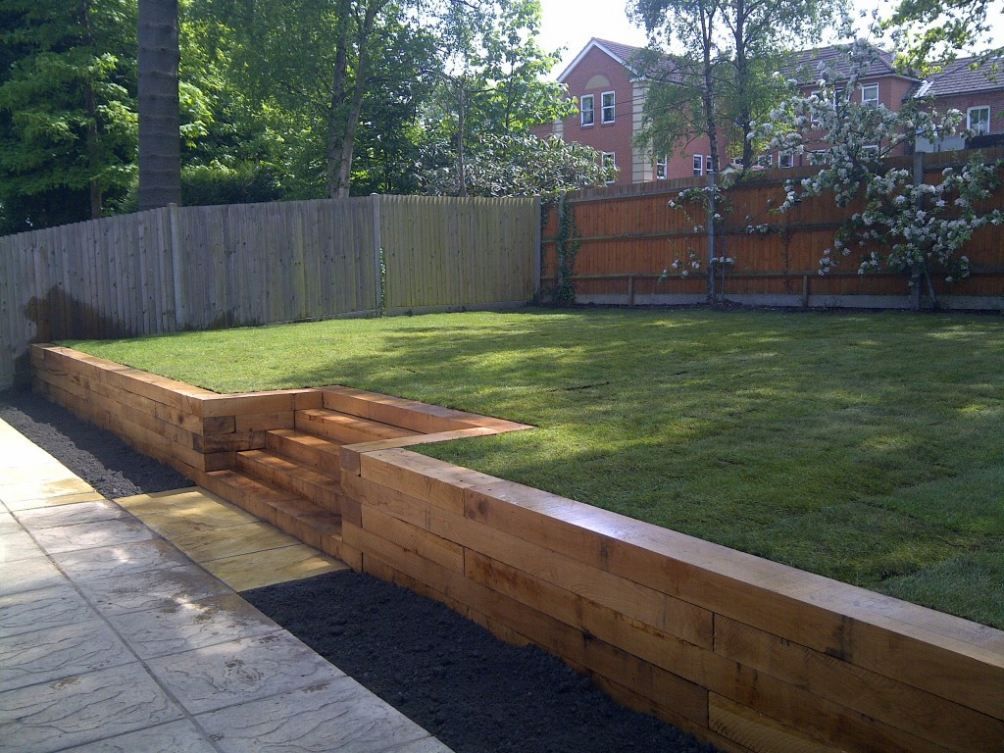
2. Try a twist on the traditional picket fence
Match your fence to the exterior of your home
(Image credit: Jorge Salcedo/Alamy Stock Photo)
A classic white fence is a popular choice, but this look is a little different from the norm. Coupled with a matching garden gate, flanked by two posts, it's neat and stylish without detracting from the lush views of the greenery beyond.
We like how it complements the exterior of the home, too. Plus, the design of the lower half of this fence will ensure smaller children and pets can be kept safe from any nearby roads.
Clean lines add a contemporary feel
(Image credit: Sheralee Stoll/Alamy Stock Photo)
If you're on the lookout for contemporary front yard fence ideas, a design like this may be the perfect solution for your plot.
Combining slatted panels with concrete, it provides a degree of privacy – and security – without feeling overbearing. You could even add some plants for a fence line for an extra dose of greenery and to soften the straight lines.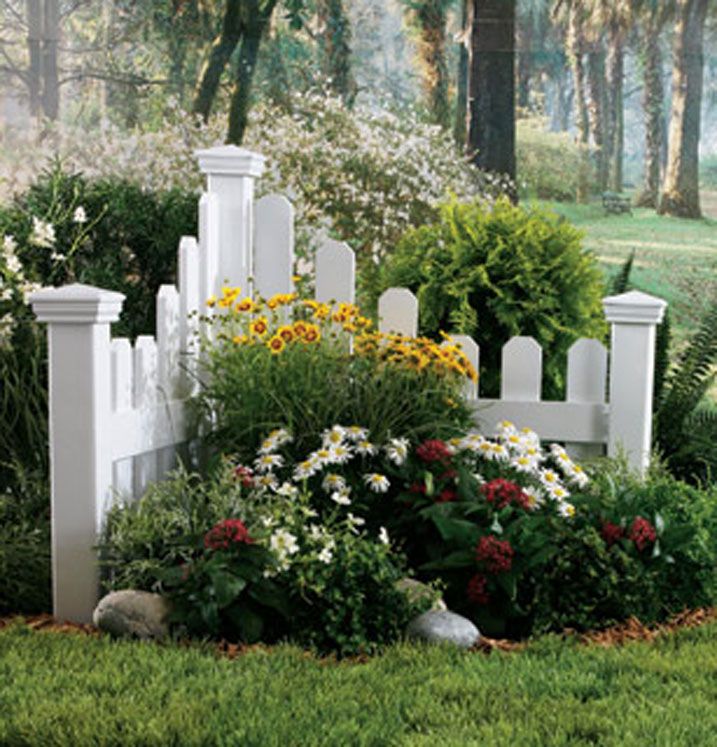
Painted white, it looks gorgeous alongside the house, and would work well as part of an oceanside theme. However, there are lots of other garden fence color ideas you could try to suit your space.
4. Embrace a touch of gothic glamour with an ornate style
Metal is a durable choice for fences
(Image credit: Imagenet/Alamy Stock Photo)
Known for its durability, metal is popular when considering fence types and how to choose them. It's smart, strong, and unobtrusive, and there are lots of designs to pick between – from highly decorative to fuss-free.
This look falls somewhere between the two, with its straight lines and subtly ornate detail along the top. Stone gate posts add drama and enhance the subtly gothic tone of the home's exterior, as does the duo of lanterns that top them.
Evergreens and seasonal pansies out in front add color against the muted backdrop. And, that mulch of bark chippings will make maintenance easy as it will suppress weeds and help the bed retain moisture.
5. Boost the privacy levels with a tall wooden fence
Keep timber fences natural, or add a colorful stain
(Image credit: Elena_Alex_Ferns/Alamy Stock Photo)
Perhaps you live in a built-up, busy area, or your front yard is your main outdoor space. Either way, when it comes to defining the perimeter, you'll likely be looking for privacy fence ideas to screen neighbors and passers-by.
A classic, wooden design like this is ideal. And not only does that trellised top add decorative appeal, but it could also be used to train climbing plants along.
We like the natural, warm hue of the timber, but it could be given a lick of stain or paint for a different look.
6. Add an arch for an enchanting entrance
The perfect entrance for a cottage-style front yard
(Image credit: Thomas H. Mitchell/500px/Getty Images)
We couldn't create a list of front yard fence ideas without including the classic white picket style.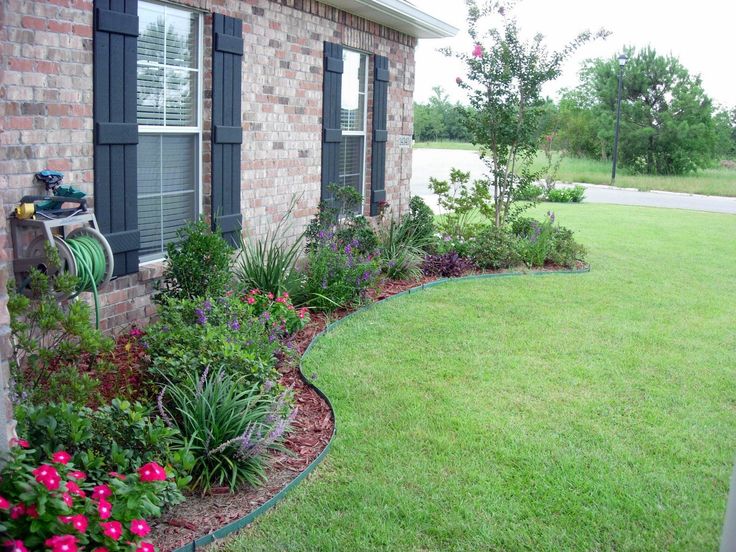
It sets an orderly tone for any plot and looks just as lovely in front of a luscious lawn as it does a billowing border full of cottage-garden flowers. Choose a gate to match, or opt for a garden arch covered in climbing roses, clematis, or honeysuckle for a whimsical entranceway.
7. Try bamboo for a rustic look
Add textural interest
(Image credit: H. Mark Weidman Photography/Alamy Stock Photo)
A beautifully-textural design, this fence is built by creating panels from bamboo. The result feels secure and private as well as organic and rustic, and we love the reddish-gold tones.
The subtle differentiation for the design of the gate helps it stand out while sticking to the theme. Ornamental grass is the perfect planting accompaniment for a look like this.
8. Keep it simple
A practical and fuss-free design can still look smart
(Image credit: Kristina Blokhin/Alamy Stock Photo)
Here's another example where the fence mirrors the architecture of the home – not just in color but also in style, in terms of the fence posts and the porch pillars.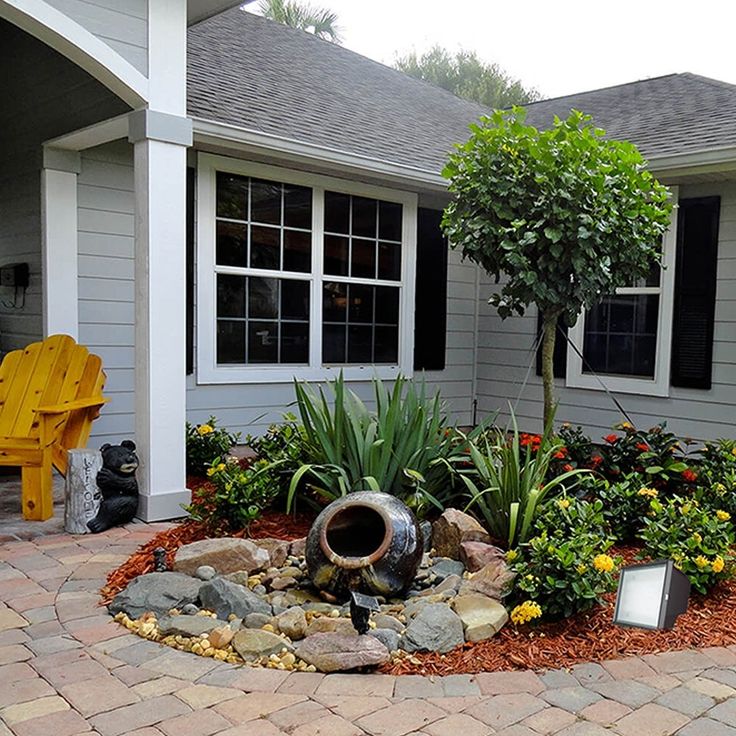
Choosing a fence that also complements existing entrance gates or walls will 'create a seamless initial aesthetic,' says Leigh Barnes of Jacksons Fencing , 'which commands attention, increases security, and enhances the visual appeal of your home.'
If you're going for a design like this, be sure to keep it well-maintained – a clean now and again and a fresh lick of paint will keep up the manicured appearance. Our guide on how to paint a fence is full of useful tips.
9. Add subtle definition with a timber fence
This fence and gate combo are full of rustic charm
(Image credit: A Garden/Alamy Stock Photo)
Go for a relaxed style with a simple wooden fence like this in your front yard. Perfect for a cottage garden, it has an artisanal charm and will mark out clear boundaries without blocking any views or sunlight.
Here, a simple gate adds to the look, making way to the meandering path that curves through luscious borders filled with pretty front yard plants. It's a lovely way to welcome you home.
It's a lovely way to welcome you home.
10. Choose a characterful gate for your fence
This gate has plenty of interesting details
(Image credit: H. Mark Weidman Photography/Alamy Stock Photo)
Speaking of characterful designs – metal detailing, a porthole, a curved top and an overhead arch give this gate bags of personality.
Keeping the fence on either side simple balances out the design rather than making it feel overly fussy. Choosing a honey-colored stain will keep it protected from the elements as well as looking good.
11. Pep up a wall with decorative panels
These Moucharabiya screens are from Screen With Envy
(Image credit: Screen With Envy)
Decorative panels are lovely for garden screening ideas – whether that's to make your hot tub or patio feel a little more exclusive or to hide the bins. But they're valuable at the front of your plot, too, as seen here.
This sturdy brick wall is given a touch of Moroccan-inspired style with these ornate designs made from composite material, which will let in sunlight, too.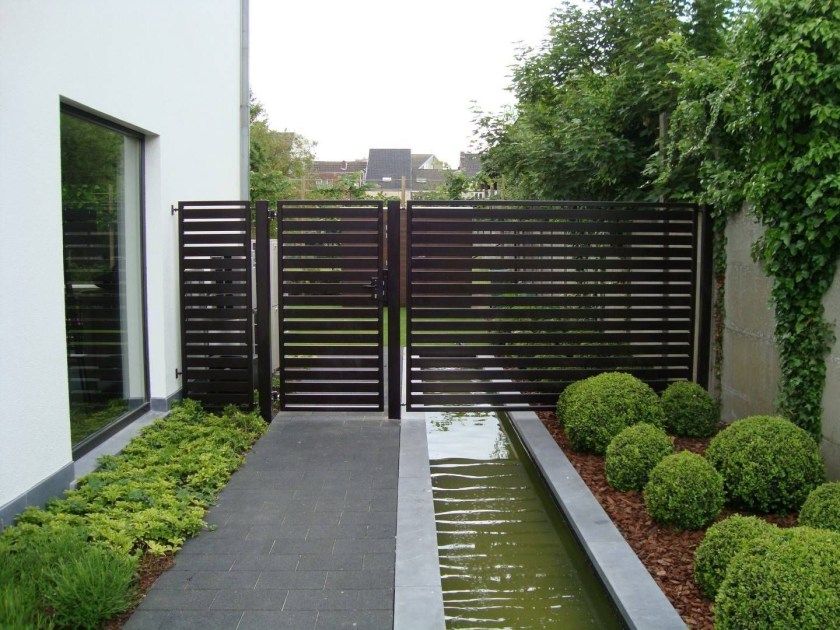
'One of the many benefits of composite material is that it does not splinter, making it safe for gardens with children running around,' says Sophie Birket of Screen With Envy.
'Zero-maintenance composite fencing does not rot or need to be treated, so you save money as time goes by compared to traditional wood products,' she continues. 'There are so many great designs available, so you can customize your fence to suit your needs.'
What do you need to consider when choosing a front yard fence?
As these front yard fence ideas show, there are all kinds of materials and styles available, which means there are a few things to consider when picking the right one for your plot.
'Metal and timber fencing are both viable options for a front yard,' says Leigh Barnes of Jacksons Fencing. 'When opting for metal, modern, powder-coated, galvanized steel, tubular railings are preferred over traditional wrought iron to prevent rust and having to repaint it yearly. Timber when pre-treated can last for 25 years and longer with minimal maintenance.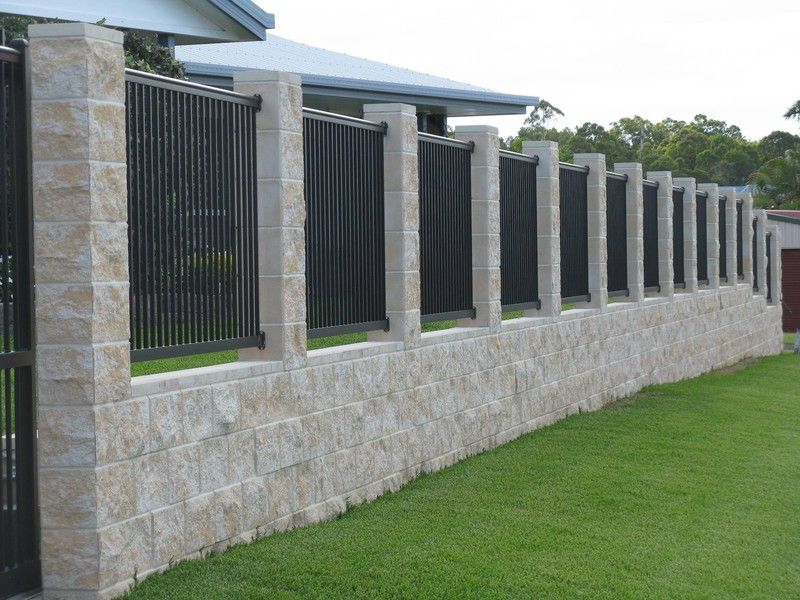 ' As mentioned above, there are composite styles, too, which are also good for low maintenance gardens.
' As mentioned above, there are composite styles, too, which are also good for low maintenance gardens.
'Although all fencing will add some degree of privacy, the level of discretion will vary depending on the design of the fencing you choose,' Leigh continues. 'First, consider your essential requirements for installing garden fencing. For example, metal railings are more exposed than solid timber panels, so if you have small children or pets it is worth considering the latter as they provide a higher level of security.'
You will also need to consider any local restrictions regarding the height of your fence. In the UK, for instance, usually the maximum height is 4ft or 1.2m, explains Leigh. 'There's an expectation to fit in with the neighborhood. If you’re in a conservation area there may be specific specifications to follow, so do check with your council.'
The garden was always a big part of Holly's life growing up, as was the surrounding New Forest where she lived. Her appreciation for the great outdoors has only grown since then. She's been an allotment keeper, a professional gardener, and a botanical illustrator – plants are her passion.
She's been an allotment keeper, a professional gardener, and a botanical illustrator – plants are her passion.
Top 60 Best Front Yard Fence Ideas
Our homes are our sacred spaces: A corner of the earth we have earned the right to call our own.
We tend to them with care, welcome those closest to us into their shelter, and we protect them as best we can.
For some, a front yard fence is decorative framework, while others look to guard their enclaves with an equally up-to-task barricade. Whatever your reasons, there’s no denying the aesthetic beauty and inner peace of mind that a well-made front yard fence brings.
Today’s front fencing designs ensure both safety and style, a combination few would have dreamed of years prior. Whether you’re looking to implement an appealing border around your property to increase curb appeal, keep your lively offspring or curious pet within safe boundaries, or deter prying eyes, these front yard fence ideas are both works of art and dependable enclosures. From picket to stone, split rail to wrought iron and chain link fencing, there is a yard fencing option to suit your needs, as well as enhance your home’s look, feel, and value.
From picket to stone, split rail to wrought iron and chain link fencing, there is a yard fencing option to suit your needs, as well as enhance your home’s look, feel, and value.
With so much uncertainty in the world, you want to make sure that what you worked hard to procure remains in good stead and style, year after year. If you feel your home could use a bit of eye-catching reinforcement, now is the perfect time to cast your gaze outward.
1. Wood Front Yard Fence Ideas
Natural wood is a beautiful material for front yard fences and one of the most popular types of fencing available. It can do so much for your home’s curb appeal. Whether you want to broadcast achieving that classic American dream of a white picket fence or you long for a privacy enclosure, wood is a flexible fencing option. It can be designed and finished to look fantastic in front of any type of home.
Although your fencing framework may be wooden, that doesn’t mean the entire structure must be made of boards. Hog panel fences are an increasingly popular option borrowed from the farm but beautiful in front of cottages and modern homes alike. These fences incorporate wire grids set between wood frames, pre-coated to protect against rust. They are commonly found with a black powder finish but can be painted any color you wish. Hog panel fences allow your home to be viewed clearly while providing excellent safety for pets and kids.
Hog panel fences are an increasingly popular option borrowed from the farm but beautiful in front of cottages and modern homes alike. These fences incorporate wire grids set between wood frames, pre-coated to protect against rust. They are commonly found with a black powder finish but can be painted any color you wish. Hog panel fences allow your home to be viewed clearly while providing excellent safety for pets and kids.
Purchasing ready-made wood fence panels instead of individual planks makes a faster and more precise job of DIY fence installation.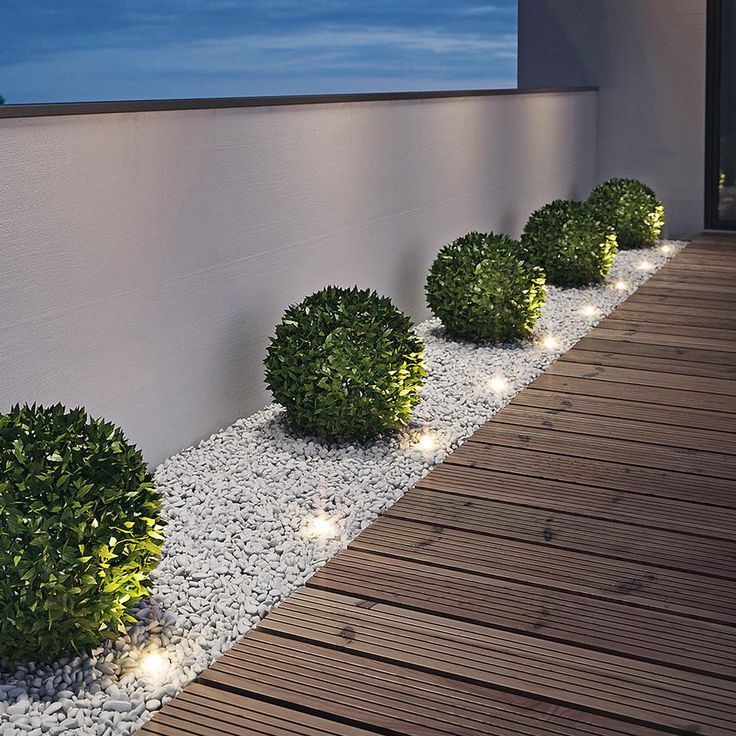 Fence panels often come with decorative features, including curved tops, lattices, or dog-eared edges. Spruce up a fence panel with attractive finials made from copper or bronze. You can even design your own panels with lumber and decking boards.
Fence panels often come with decorative features, including curved tops, lattices, or dog-eared edges. Spruce up a fence panel with attractive finials made from copper or bronze. You can even design your own panels with lumber and decking boards.
This video can help you understand all the steps involved when installing a wood panel fence:
2. Metal Front Yard Fence Ideas
A metal front yard fence design can mimic the grace of a European estate or match the angles of a sleek, contemporary condo. A formal wrought iron fence’s narrow fence posts and decorative finials make it an openly welcome accent along many front yards. You can even pair a wrought iron front yard fence with a backyard fence made from another material.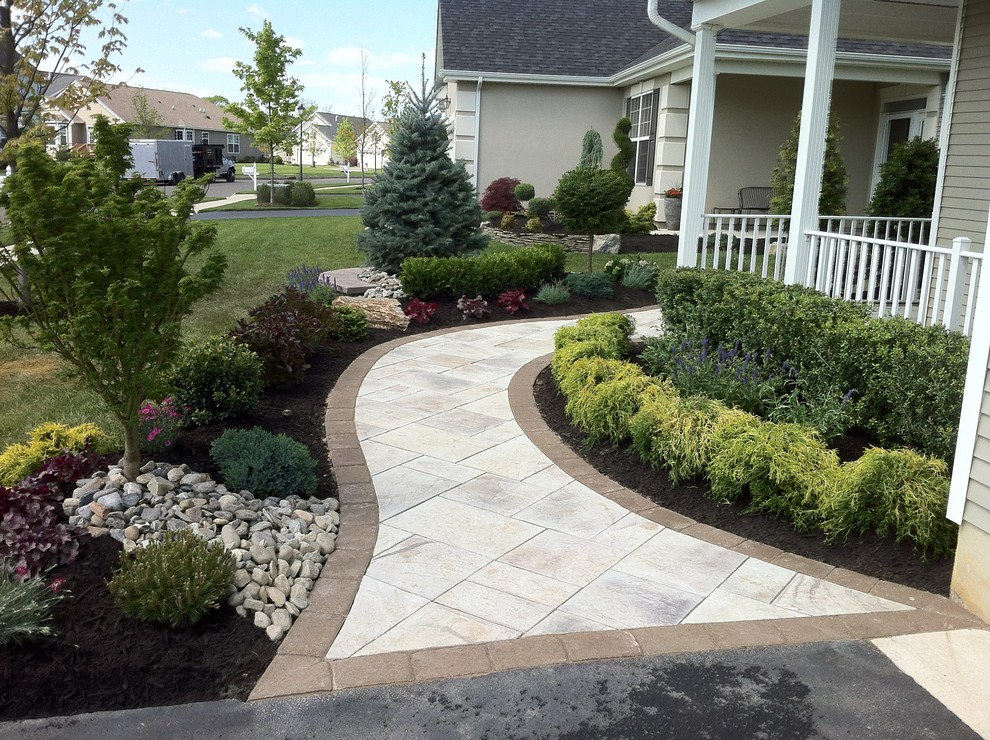
Metal fences are usually made of aluminum, steel, or a mixture of metals and have a powder coating. The most common color for metal fences is black, but you can choose other colors to complement your home’s exterior. Pair metal railings and slats with concrete or stone pillars to make a strong entrance statement. Creative touches on a metal fence are not limited to the shape of the slats. Instead of keeping it all one color, install finials in a contrasting metal, such as copper or chrome.
Running metal fence slats horizontally or on a grid is a popular look in front of modern and contemporary homes.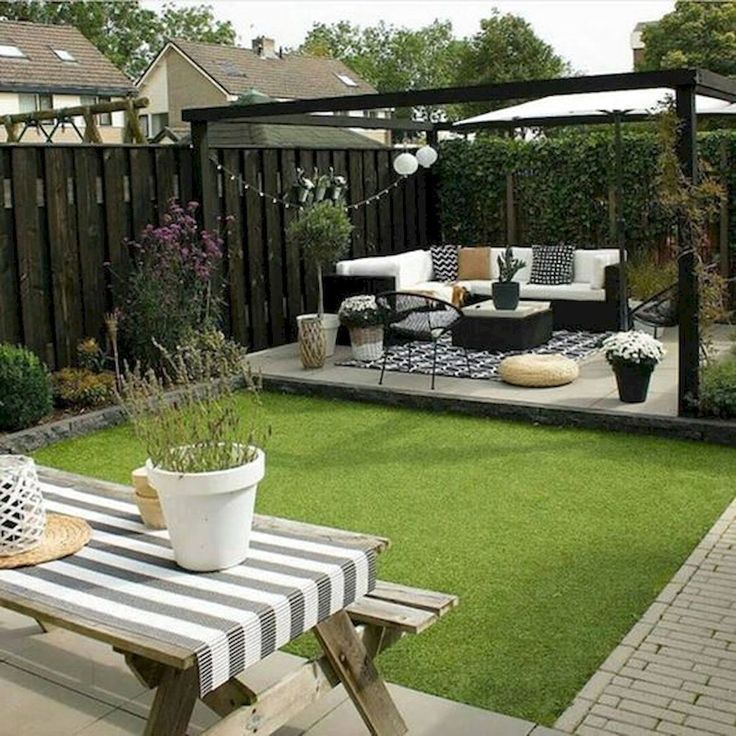 Depending on how far apart the slats are placed, horizontal metal fences could be used as a ladder for certain animals or other intruders to climb into your front yard. Keeping slats close together or installing them vertically helps remove some of this risk.
Depending on how far apart the slats are placed, horizontal metal fences could be used as a ladder for certain animals or other intruders to climb into your front yard. Keeping slats close together or installing them vertically helps remove some of this risk.
3. Traditional Front Yard Fence Ideas
We aren’t talking about a chain link fence here. Perhaps the most traditional front yard fence design in America is the classic picket fence. From simple, evenly spaced planks to panels with concave or convex tops, a white picket fence looks beautiful in front of Craftsman, Victorian, and cottage-style homes. This traditional enclosure also fits well around country farmhouses, especially when adorned with gothic tops.
A post and rail fence, or split rail fence, is another simple design that feels natural in the countryside or the suburbs. While it’s not effective for keeping small pets or busy children enclosed, it can provide an attractive, rustic boundary around a large piece of land.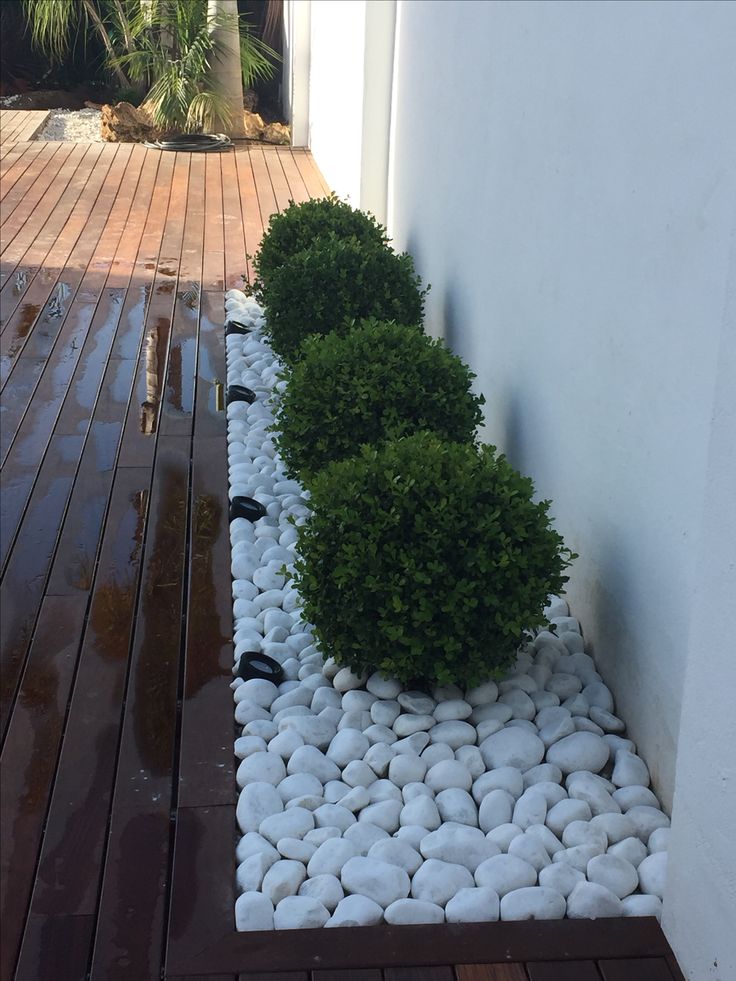 A two-rail post fence is less expensive to build, while a three-rail post fence provides a better barrier.
A two-rail post fence is less expensive to build, while a three-rail post fence provides a better barrier.
Many traditional fence designs are now available in durable vinyl instead of wood or metal.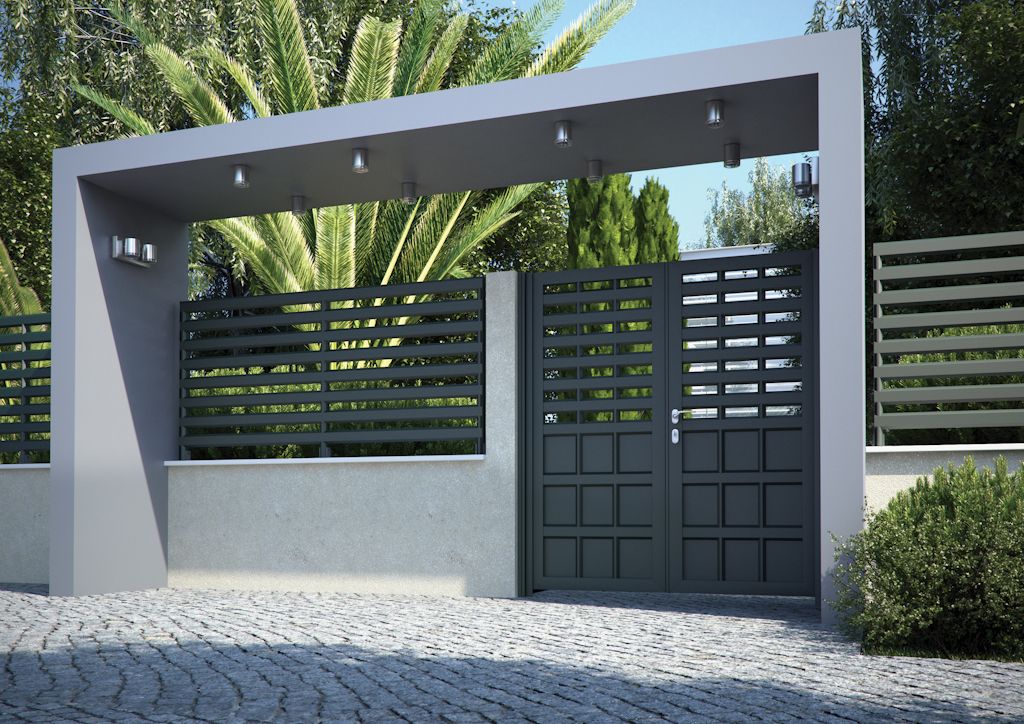 From a distance, you cannot tell the difference between a painted wood fence and a vinyl version. Vinyl fences require almost no maintenance besides occasional cleaning, which is easy to do. If you are considering a traditional fence style, don’t be afraid to include vinyl fencing as an option when you compare estimates.
From a distance, you cannot tell the difference between a painted wood fence and a vinyl version. Vinyl fences require almost no maintenance besides occasional cleaning, which is easy to do. If you are considering a traditional fence style, don’t be afraid to include vinyl fencing as an option when you compare estimates.
4. Modern Front Yard Fence Ideas
A modern yard fence idea makes use of sleek lines, angular profiles, and smooth finishes that replicate the design features of your modern home. Warm, natural, or stained wood surfaces pair well with the Zen-like simplicity of modern and mid-century architecture. Galvanized metal panels enhance industrial architecture and are helpful when a wind or sound barrier is needed around a home.
As with traditional fences, you can mix metal with wood to achieve a modern look all of your own. A thick, black metal framework with lighter wooden slats adds an interesting warmth to a monochromatic brick façade.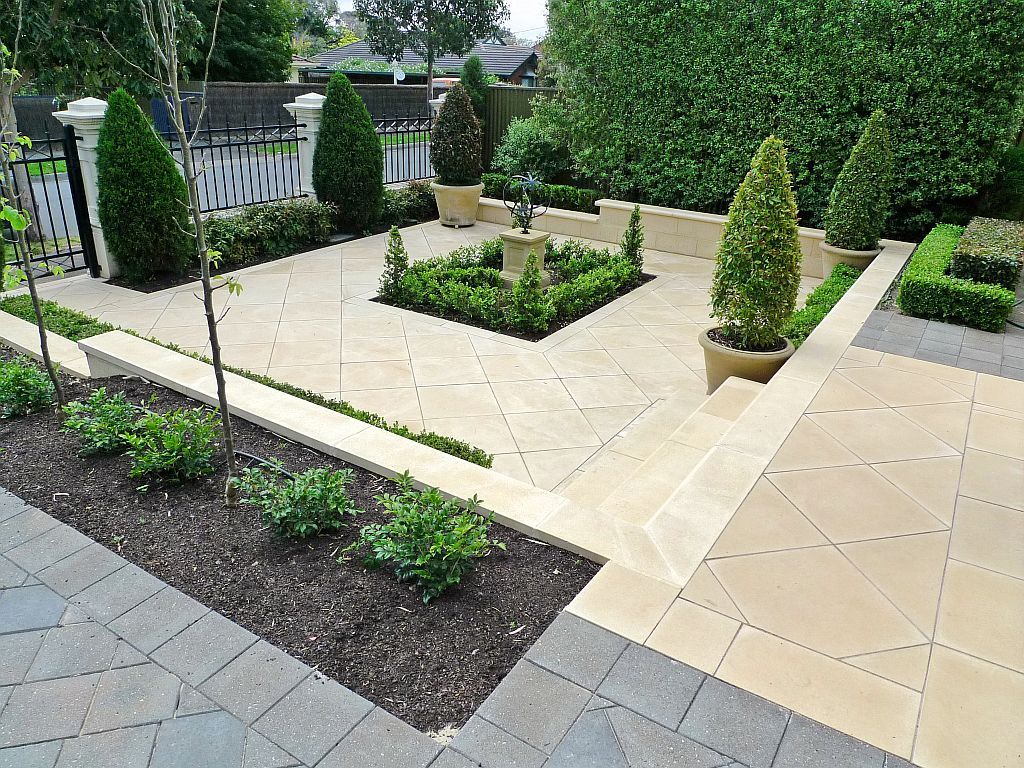 Consider a casual nod toward hog panel fencing by stringing 6-gauge wires between wooden posts instead of nailing up solid, wide planks. You can also use wood at the bottom of your fence and wire near the top. This allows passersby to enjoy the beauty of your home’s exterior.
Consider a casual nod toward hog panel fencing by stringing 6-gauge wires between wooden posts instead of nailing up solid, wide planks. You can also use wood at the bottom of your fence and wire near the top. This allows passersby to enjoy the beauty of your home’s exterior.
Installing planks horizontally instead of vertically is a popular way to add a modern slant to an ordinary fence.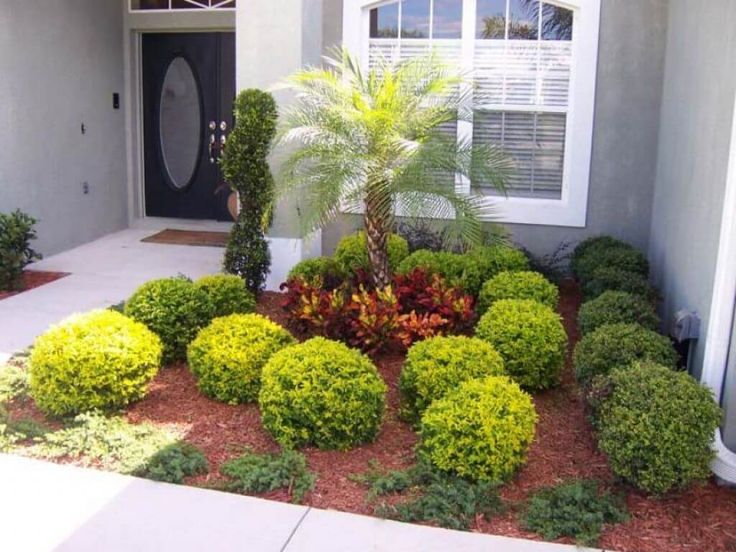 Even the most basic wooden planks take on a contemporary appearance when arranged horizontally. Offsetting the planks between the posts can make a wood fence take on a brick-like pattern, which is quite attractive in front of a modern brick façade. Vary the width of your slats to create more visual interest and base the gap size on how visible you want the front of your house to be from the street.
Even the most basic wooden planks take on a contemporary appearance when arranged horizontally. Offsetting the planks between the posts can make a wood fence take on a brick-like pattern, which is quite attractive in front of a modern brick façade. Vary the width of your slats to create more visual interest and base the gap size on how visible you want the front of your house to be from the street.
5. Masonry and Stone Front Yard Fence Ideas
If you already have stone or masonry features in your home, your front yard fence is a good place to replicate these colors and textures. But even if your home’s exterior is devoid of stone or brick, you can introduce the beauty of these natural elements in your front yard fence design. Concrete columns can be fashioned to look like carved stone and make a solid, classic statement.
While a low, solid stone fence takes you directly to the English countryside, topping a low stone or brick wall with wrought-iron fencing elevates the elegance.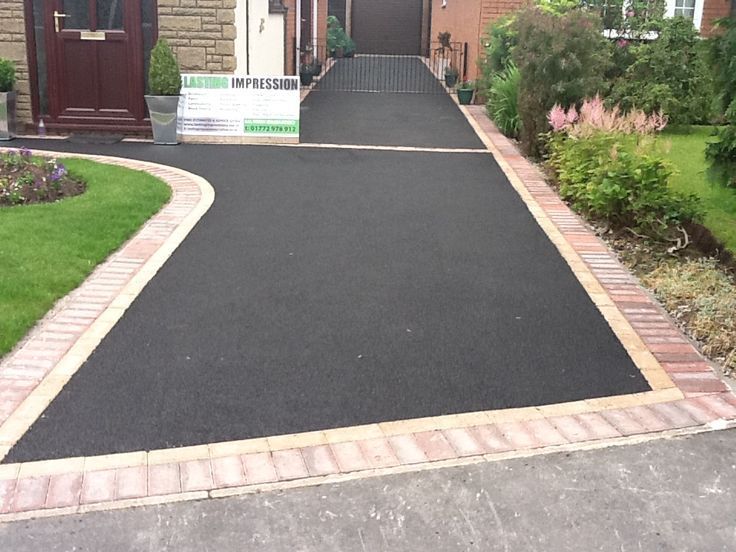 Custom scrollwork between iron slats softens the appearance of metal and stone, and pointed finials not only look great but serve a security purpose as well. Antique light globes atop solid masonry columns look elegant and guide guests directly to your gate.
Custom scrollwork between iron slats softens the appearance of metal and stone, and pointed finials not only look great but serve a security purpose as well. Antique light globes atop solid masonry columns look elegant and guide guests directly to your gate.
Modern or mid-century homes can also carry the weight of a masonry front fence.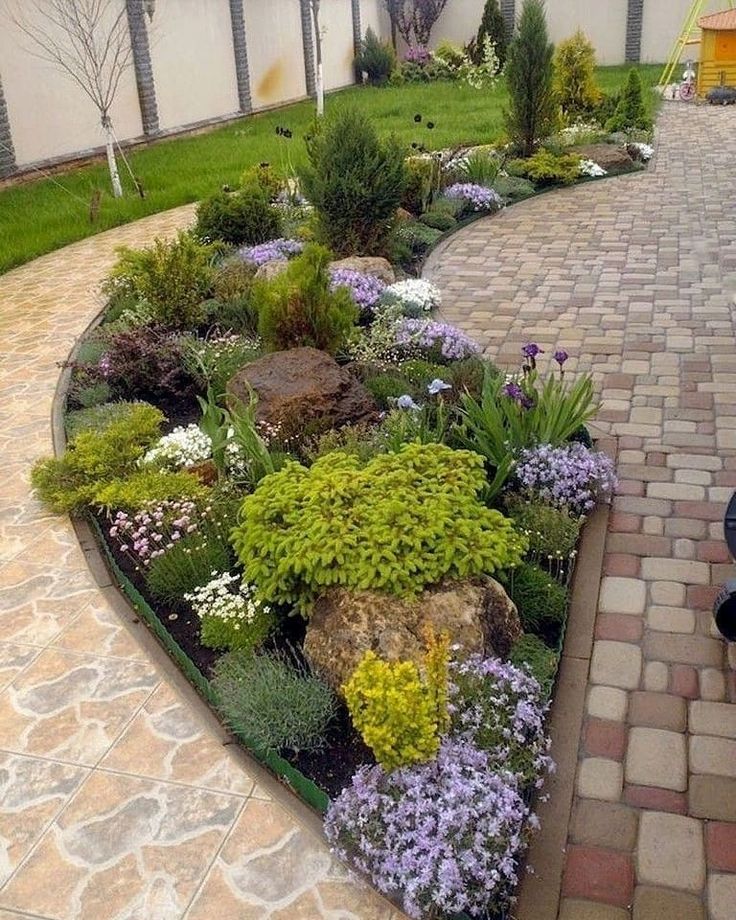 Choose smooth concrete blocks for the base and posts, and run long metal rails horizontally between them. Mixed textures can also work if the color scheme is united. Reflect a range of natural brown shades by mixing a low stone wall with brick columns and stained wooden slats.
Choose smooth concrete blocks for the base and posts, and run long metal rails horizontally between them. Mixed textures can also work if the color scheme is united. Reflect a range of natural brown shades by mixing a low stone wall with brick columns and stained wooden slats.
6. Privacy Front Yard Fence Ideas
A regular wood plank fence can become a privacy fence if it’s built tall enough and with the planks close enough together. However, slats can be arranged to maximize the privacy effect. A board-on-board weaved design staggers slats, attaching one to the front of the rails, the next to the back of the rails, and repeating the pattern down the line.
If a tall wooden fence is too solid for you, you can add a lattice top to make the upper portion of your fence more transparent without sacrificing your privacy at eye level.
Metal fences are also great privacy fence ideas. If you don’t want to install galvanized panels, you can use metal for your posts and attach tight wooden slats between them. Make your gate stand out by erecting a boxed metal canopy over the entrance to your property.
If you don’t want to install galvanized panels, you can use metal for your posts and attach tight wooden slats between them. Make your gate stand out by erecting a boxed metal canopy over the entrance to your property.
While many privacy fences are made from wood, vinyl is a great privacy fence option that won’t warp or gap over time. If you’re installing a privacy fence to keep deer or climbing critters away from your expensive landscaping, an 8-foot-tall vinyl fence with a smooth top can be helpful. Deer will think twice before trying to scale a tall structure and smooth vinyl prevents raccoons and other critters from having something to grab hold of. However, check with your local zoning department before construction to learn the height limits for fences in your neighborhood. A special building permit or variance may be required for fences over six feet tall.
If you’re installing a privacy fence to keep deer or climbing critters away from your expensive landscaping, an 8-foot-tall vinyl fence with a smooth top can be helpful. Deer will think twice before trying to scale a tall structure and smooth vinyl prevents raccoons and other critters from having something to grab hold of. However, check with your local zoning department before construction to learn the height limits for fences in your neighborhood. A special building permit or variance may be required for fences over six feet tall.
7. Front Yard Fence Gate Ideas
It’s best if your front yard gate coordinates with your fencing, but it doesn’t have to match exactly if you’re feeling creative. As with your front door, you can draw attention to your front gate by painting it a bright color or making it from a material different than your fencing. In modern design, line continuity is honored best by making the gate visually blend in with the surrounding structure.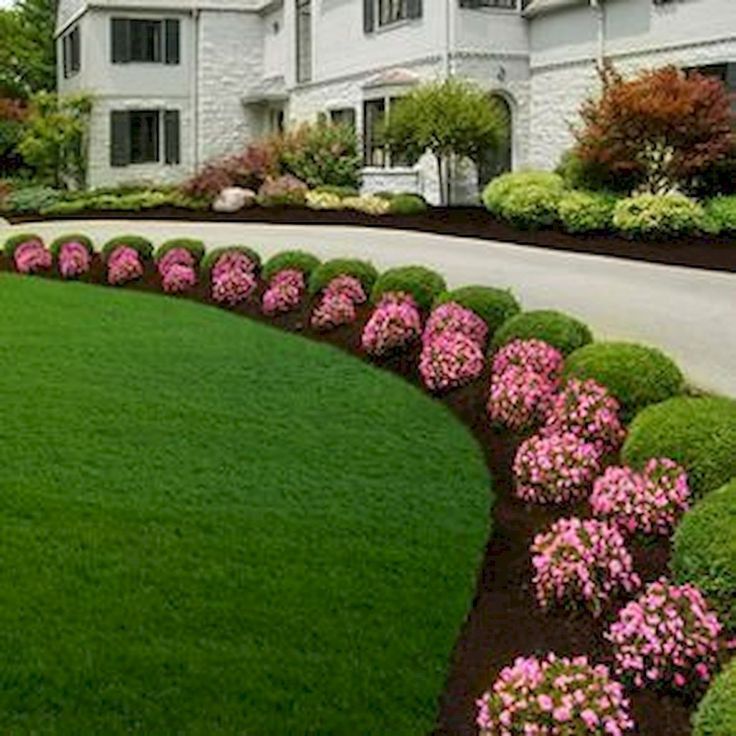
Sometimes subtle differences look best, especially in traditional design. If your fence has basic white picket posts, use a gate with an arched or curved top. Large finials are an easy way to frame a gate without changing much about the overall structural design.
Your gate area is the perfect place to display your house number. Delivery people and new friends will appreciate the ease it adds to finding your home. Be sure to choose a latch and lock system that looks nice with your overall design and is easy to use.
Also, consider the security provided by a driveway gate.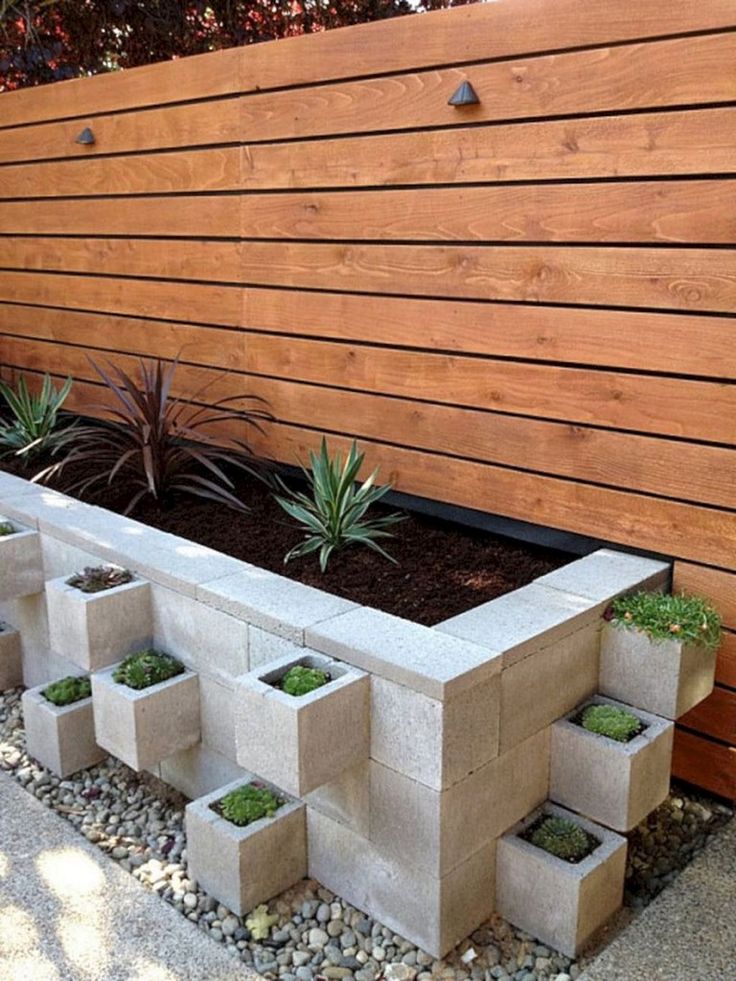 Installed in a security fence, they can provide peace of mind while offering a design aesthetic as no other gate can.
Installed in a security fence, they can provide peace of mind while offering a design aesthetic as no other gate can.
8. Landscaping Ideas for Front Yard Fences
Virtually any trellis-climbing vine or tall-standing flower looks wonderful planted along a fence. Roses and lavender are classic blooms to plant along fences and add a lovely swath of color all summer long. Irises, tulips, and other bulbs return each spring and some varieties’ tall leaves remain standing throughout the warmer months. Even a scale-appropriate tree can be a wonderful choice.
Hostas are a good choice in shady areas and add low-lying pools of green foliage in colors ranging from seafoam to dark teal. Tufts of ornamental grass soften modern edges and look good along any type of fence. Flowering shrubs including hydrangeas, azaleas, and gardenias look stunning in front of picket fences.
If you’re limited on yard space between your fence and the road or sidewalk, consider installing planters along your fence‘s top perimeter.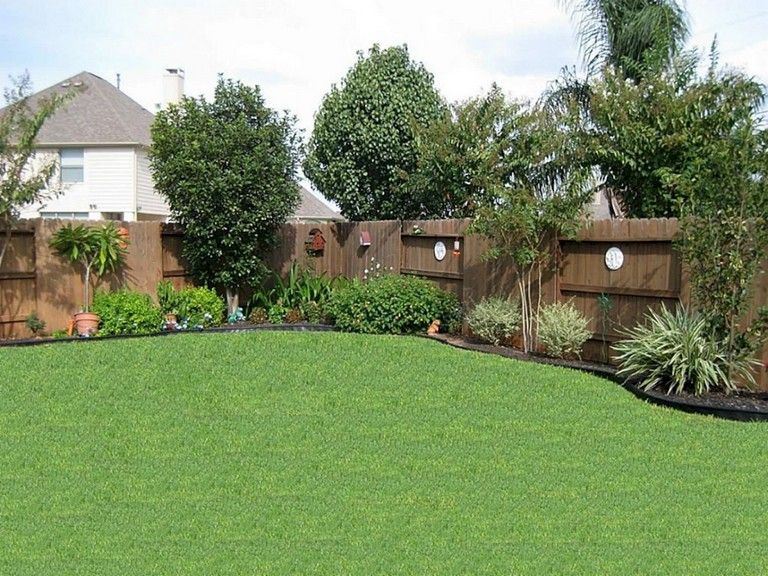 Fill them with low-maintenance flowers and greenery, and change the plantings with the seasons. This is a brilliant way to brighten up a boring fence without the back-straining efforts required to plant flowers in the ground.
Fill them with low-maintenance flowers and greenery, and change the plantings with the seasons. This is a brilliant way to brighten up a boring fence without the back-straining efforts required to plant flowers in the ground.
Front Yard Fence FAQs
How often will I need to paint and/or replace a wooden fence?
Maintenance concerns may steer some people away from wooden fences, but they are easy enough to care for. Properly maintained, a wooden fence can last 12 to 15 years, with approximately four to five years between paint jobs. It’s a good idea to clean your fence every spring by scrubbing with a mild cleaner made from equal parts of white vinegar and water. Rinse with a power washer on a low setting.
If you do this on an annual basis, it will be easy to see the signs that the fence is due for a new coat of paint. Simply allow the fence to dry well after cleaning, then follow the paint manufacturer’s directions for applying a new coat and sealant, if needed.
How long should it take to install a fence?
The time involved in fence installation depends on several factors, including:
- The size of your yard
- Whether you hire a contractor or install it yourself
- How many people are working on the job site
- What type of fence you choose
If you hire a contractor to install a basic wooden, vinyl, or metal fence, they should be able to finish the job within three days. Beware of companies that ask for significantly more time to put up a fence on an average-sized yard. Keep in mind that masonry and stone fences will take longer to install than other types due to the craftsmanship involved.
If you plan to DIY, your total fence installation time will vary according to your experience level and how many skilled helpers you have. In most cases, you should be able to erect a basic fence and gate over the course of a long weekend or two full weekends in a row. If you have no fence installation experience, try to find a helper who has successfully put up your type of fence before.
types and features, suitable plants, important nuances of independent arrangement, ideas, design stages
The part of the yard where the flower garden, trees, bushes is located is called the front garden. To decorate the front garden, you need to properly prepare, as it is a mirror of the courtyard and attracts the eyes of guests at home. To equip it, use different types of flowers, shrubs, trees. Near it have garden furniture, playgrounds, ponds. The front garden is a place for the implementation of a variety of design solutions.
Key features of front gardens and their types
According to the constructive design, front gardens are divided into closed, open, covered and formal. Open front gardens are usually small in size. And those that have a large territory are divided into zones, separating them with various barriers. The design of the front garden with a pond according to the degree of openness is determined individually, taking into account the location of the house, how the territory is landscaped, and the intensity of traffic along the street.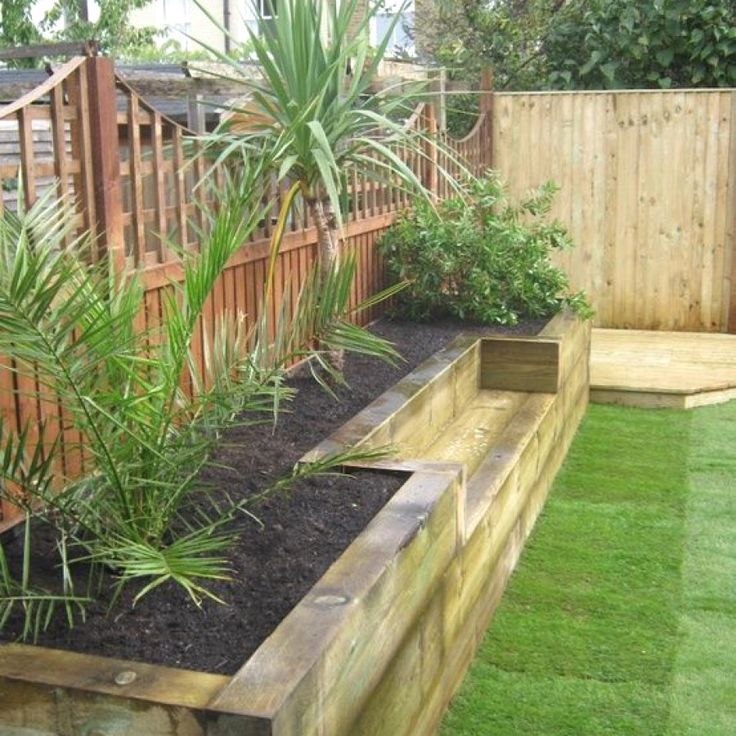 An open front garden is a beautiful picture that can be viewed at a distance or close up. From the side of the road, such a front garden should look impeccable and represent trimmed bushes, even beautiful lawns, and strict lines of hedges.
An open front garden is a beautiful picture that can be viewed at a distance or close up. From the side of the road, such a front garden should look impeccable and represent trimmed bushes, even beautiful lawns, and strict lines of hedges.
An enclosed front garden is designed in such a way that its attractive side is oriented towards the house. Closed front garden is best located if the house is located near a road with heavy traffic, which will make it possible to protect the house from dust and noise.
Covered - is a lawn, separated on the sides by living fences, consisting of thorny types of bushes. It can be bushes of wild rose, gooseberry, barberry or hawthorn.
Formal front garden suits if there is no place at all for planting flowers, and the entrance area is decorated with various plants planted in containers.
What plants will help to give the front garden an aesthetic look
The aesthetic look of the front garden depends on the choice of plants, your taste and the style of the house.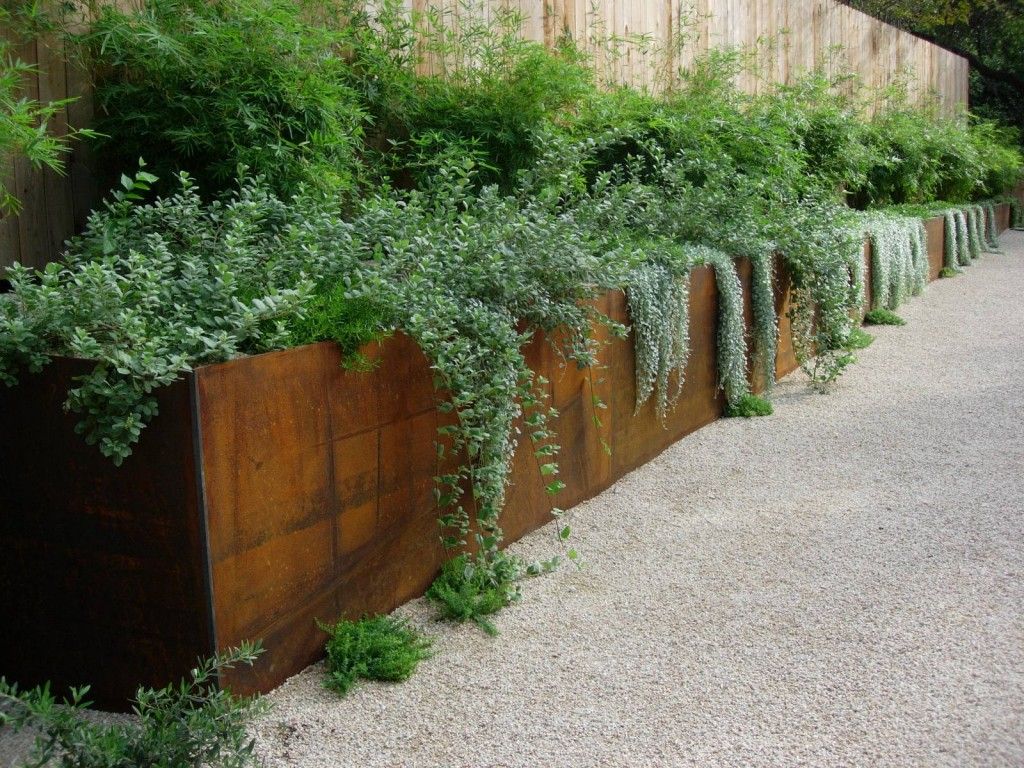 In order for the front garden to have an aesthetic appearance, it is necessary to choose the right plants. For spring, you can plant bulbous plants (daffodils, tulips). In addition to plants that bloom in summer (peonies, poppies), do not forget about autumn types of flowers (roses, lilies). Blooming shrubs will give a beautiful look: budley, hawthorn, wild rose. Climbing plants will decorate the wall of the house. For landscaping the front garden in winter, you can plant spruce, thuja or juniper. The plants used for the front garden have three functions:
In order for the front garden to have an aesthetic appearance, it is necessary to choose the right plants. For spring, you can plant bulbous plants (daffodils, tulips). In addition to plants that bloom in summer (peonies, poppies), do not forget about autumn types of flowers (roses, lilies). Blooming shrubs will give a beautiful look: budley, hawthorn, wild rose. Climbing plants will decorate the wall of the house. For landscaping the front garden in winter, you can plant spruce, thuja or juniper. The plants used for the front garden have three functions:
- decorative — yard decoration;
- environmental - beneficial effect on the soil;
- economic - many plants bear fruit and have medicinal properties.
Things to consider when setting up your front garden
- Functionality . Equipping the front garden, you need to think about its functionality.
 For example, in addition to plants and decorative elements, it would be possible to place a recreation area or a playground, bicycle or car parking, without violating the aesthetics of the front garden. Together with flowers in the front garden, you can plant fruit and berry bushes.
For example, in addition to plants and decorative elements, it would be possible to place a recreation area or a playground, bicycle or car parking, without violating the aesthetics of the front garden. Together with flowers in the front garden, you can plant fruit and berry bushes. - Plant needs. It is important to determine the location of the front garden, in the shade or in the sun, since soil conditions and lighting conditions are taken into account when selecting plants.
- Good use of space. For the competent use of a small space, there are some techniques for perceiving an increase in the area of \u200b\u200bthe territory on which the design of the front garden will look great. Beautiful rose bushes and well-groomed evergreen shrubs at the entrance will decorate the interior. You can decorate the front garden with climbing plants that take up little space. When arranging a front garden, it is important to determine "focal point" i.
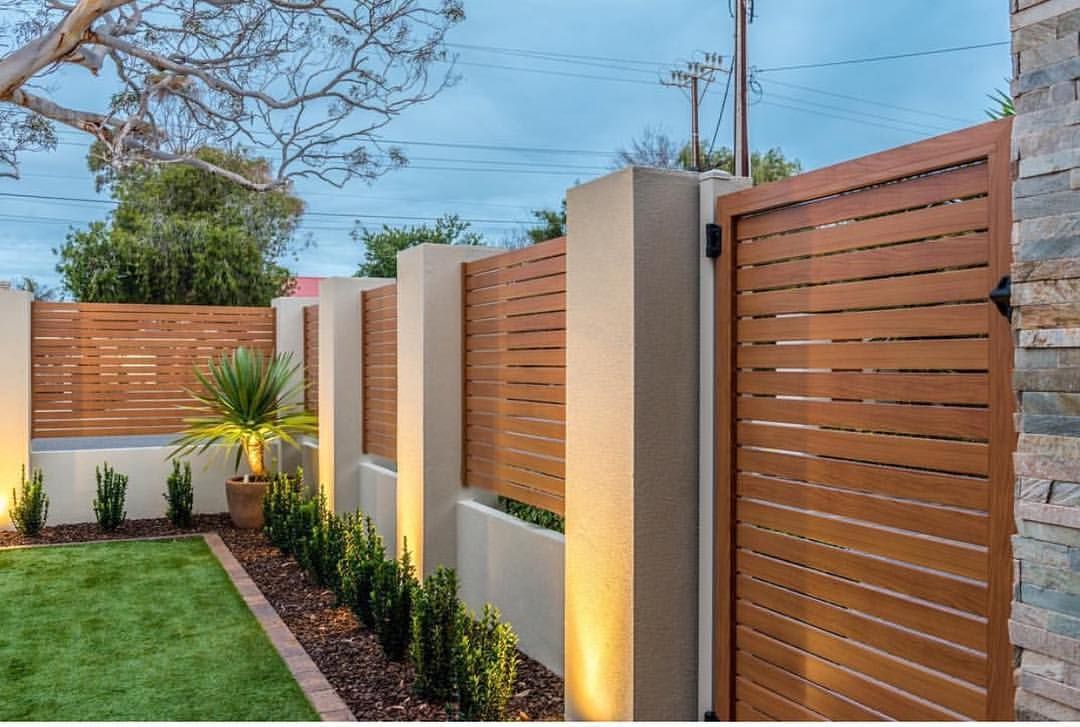 e. an unusually beautiful shrub or some kind of exquisite plant that will attract the eyes of others.
e. an unusually beautiful shrub or some kind of exquisite plant that will attract the eyes of others.
For the effect of completeness of the idea, it is necessary to equip the main element of the front garden with supporting or additional elements.
How to start working on the design of the front garden
The design of the site near the house always begins with a layout that takes into account the wishes of the owner of the house, not forgetting the size of the front garden. The size of the front garden should be equal to the size of the house. But the best option is if the area allotted for the front garden does not exceed 2/3 of the height of the house. Planted bushes near the walls of the house should not be above base .
Front garden has a valley with a path that leads to the porch. The outline can be surrounded by tall plants. The front garden looks good in the form of a circle or square with shrubs planted around the perimeter.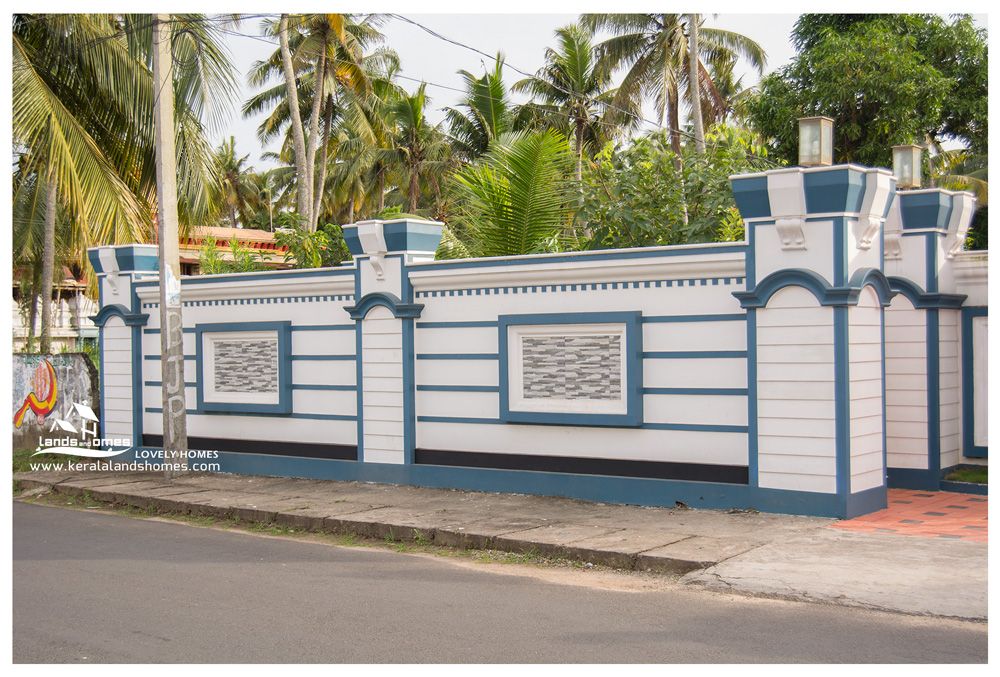 To close the blank wall of the house, you can use the crowns of planted trees - spruce or arborvitae. Bare areas formed after planting young trees must be covered with mulch; flowers look great against such a background.
To close the blank wall of the house, you can use the crowns of planted trees - spruce or arborvitae. Bare areas formed after planting young trees must be covered with mulch; flowers look great against such a background.
Ideas for a front garden
When choosing an idea for a front garden, consider the architecture of the house near which it will be located. For example, near a wooden log house, you can place a front garden of bluebells and daisies. Near the chalet house, arborvitae and spruces will create a magnificent view, and for mansions built in the European style, well-groomed, even lawns and trimmed shrubs.
Rectangular tile walkway , as well as planted flowers blooming in blue (garden geranium, sage), flowerpots in rectangular pots, trees (nightshade, laurel cherry) and a beautiful comfortable bench will create a laconic design that is suitable for a modern home .
Who does not want to take care of the grassy lawn, use a great idea - fill the front garden with gravel. Replace the grass with colored gravel, and place the plants planted in pots directly on it.
Replace the grass with colored gravel, and place the plants planted in pots directly on it.
An unusual design variant of the site is flower garden , decorated in a rustic style, where early and late varieties of peony can be planted. Following them, dahlias and daisies bloom, and autumn flowers will decorate the flower garden: chrysanthemums, lilies, carnations.
Can be retrofitted front garden with sunflowers . A wooden blue hedge and wild flowers (daisies, cornflowers, poppies), a stone-paved path will serve as a good addition.
If you prefer Art Nouveau style, you can plant a fern or coniferous shrubs, arrange a hedge from trimmed laurel cherry bushes.
Don't forget to plant trees that provide shade and comfort in the yard. Since the front garden space is limited, it is necessary to plant trees with an unbranched root system (holly maple, false acacia) so as not to damage the yard cover. For beautiful winter landscape blue spruce or evergreen boxwood can be planted in the center of the yard.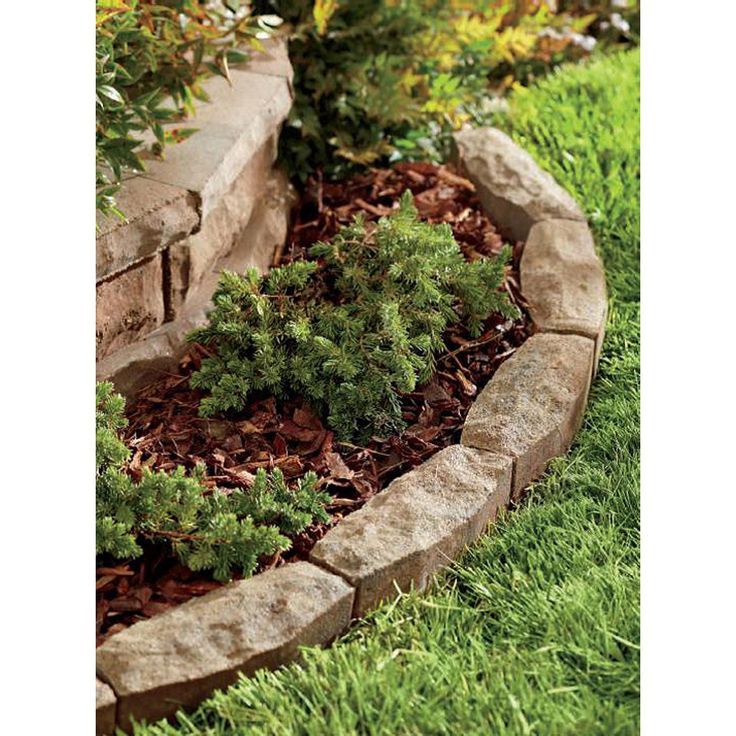 In the spring flowering period, the front garden will be decorated with early flowers, such as snowdrops, crocuses, and early varieties of tulips.
In the spring flowering period, the front garden will be decorated with early flowers, such as snowdrops, crocuses, and early varieties of tulips.
DIY front garden design steps
The first step in building a front garden is a fence that separates the site from the street and neighbors. Then it is necessary to lay paths, drainage grooves to remove water runoff, break up the lawn and mark the boundaries of flower beds and flower beds.
The next stage of arrangement is the planting of shrubs, trees, selected plants for the front garden. First you need to plant large plants , then move on to planting smaller plants, filling the front garden until the end of the idea.
Each owner will be able to equip a front garden on the site in front of his house. The front garden will turn out beautiful, attractive, if it is carefully thought out and planned. So, turn on all your creative fantasies and equip the territory in front of the house that will serve you seating area , cheer up and be a mirror of your household. For everything to work out, only your desire is needed.
So, turn on all your creative fantasies and equip the territory in front of the house that will serve you seating area , cheer up and be a mirror of your household. For everything to work out, only your desire is needed.
- Author: Anna Nikolaevna Miroshnichenko
Rate the article:
(4 votes, average: 3.5 out of 5)
Share with your friends!
Front garden: arrangement, choice of plants, photo
- Details
- Anatoly Vorontsov
The front garden is the area between the house and the sidewalk. Usually the width of the front garden is from 4 to 6 m. The front garden is separated from the street by a fence (wooden, stone, less often metal), it is possible to decorate the border with a hedge.
The front garden is separated from the street by a fence (wooden, stone, less often metal), it is possible to decorate the border with a hedge.
As a rule, on the territory of the front garden, flower beds are laid out and paths are made that lead to the porch of the house.
The front garden in front of the house always pleases the eyes of the owners, and also cheers up. Creating beauty in front of the house is not so difficult, you need to have the desire and make a little effort.
What are front gardens
Before you start creating a beautiful front garden in front of your house, you need to understand what they are and how they differ.
There are open and closed front gardens
Open front gardens are called those front gardens that do not have a fence, and you can also observe the porch of the house, and the front garden itself, from the street. An open front garden is usually designed in the form of a beautiful lawn and flower beds.
An open front garden is usually designed in the form of a beautiful lawn and flower beds.
Closed front garden has a fence, which is separated by a house, and the plants in front of it, by a fence. The fence of the front garden may be different. It can be a stone wooden or metal fence, as well as a wicker or hedge.
Front gardens are also divided by type, into Russian and European
Russian front garden is created to please the views of the owners themselves, as it is surrounded by a thick hedge or fence. The design of the Russian type front garden is very bright, with garden figurines, beautiful flower beds and painted wooden decorations.
European-style front garden is more restrained, with regular geometric lines, beautiful flower beds and lawns.
In addition to the above varieties of front gardens, there is also a division by style.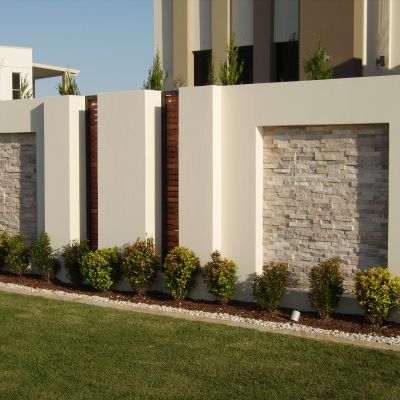
There are many styles for landscaping and front gardening - classic, oriental, rustic, etc.
Plants for the front garden
The selection of plants and trees for the front garden is based on the design of the garden plot and the front garden in particular. Let's look at plant options by groups.
Front garden fruit trees
Usually fruit trees have a spreading crown, which is more suitable for planting in the backyard.
If you want to plant fruit plants in your front garden, stop at standard trees. Standard species are ornamental trees with a neat crown and an even trunk.
Front garden hedge
An excellent option for a hedge is barberry or wild rose, which will decorate the fence with their lush flowering in spring and beautiful fruits in autumn.
Coniferous trees for the front garden
Coniferous plants will be a great addition to the front garden with regular geometric lines.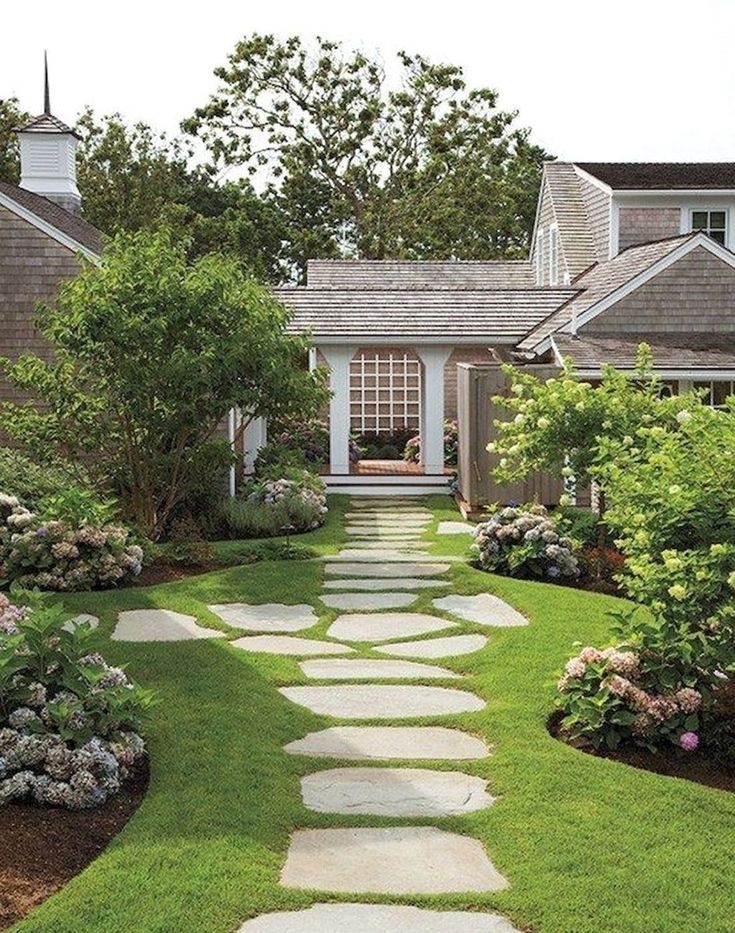
It is best to choose those conifers that tolerate shearing well, for example, yew, spruce or thuja. Tall specimens of coniferous plants are not suitable for the front garden, as their crowns cover the facade of the house.
Stones and plants for the front garden
Flowerbeds can be decorated with stones, and flowers, if possible, planted in such a way that flowering lasts the entire warm season. Flowerpots and flowerpots can be a beautiful addition to flower beds in the front garden.
Near the flower beds, various figures, hills of stones, as well as wooden elements will look good. The color for the flower bed should be contrasting. Red and purple go well together. Flowers such as roses, mallows, peonies, asters or dahlias are suitable for this purpose.
The front garden fence will take on a different look if it is decorated with a bright climbing plant.
If you use trellises for zoning, then spread charming clematis, roses or wisteria over them.